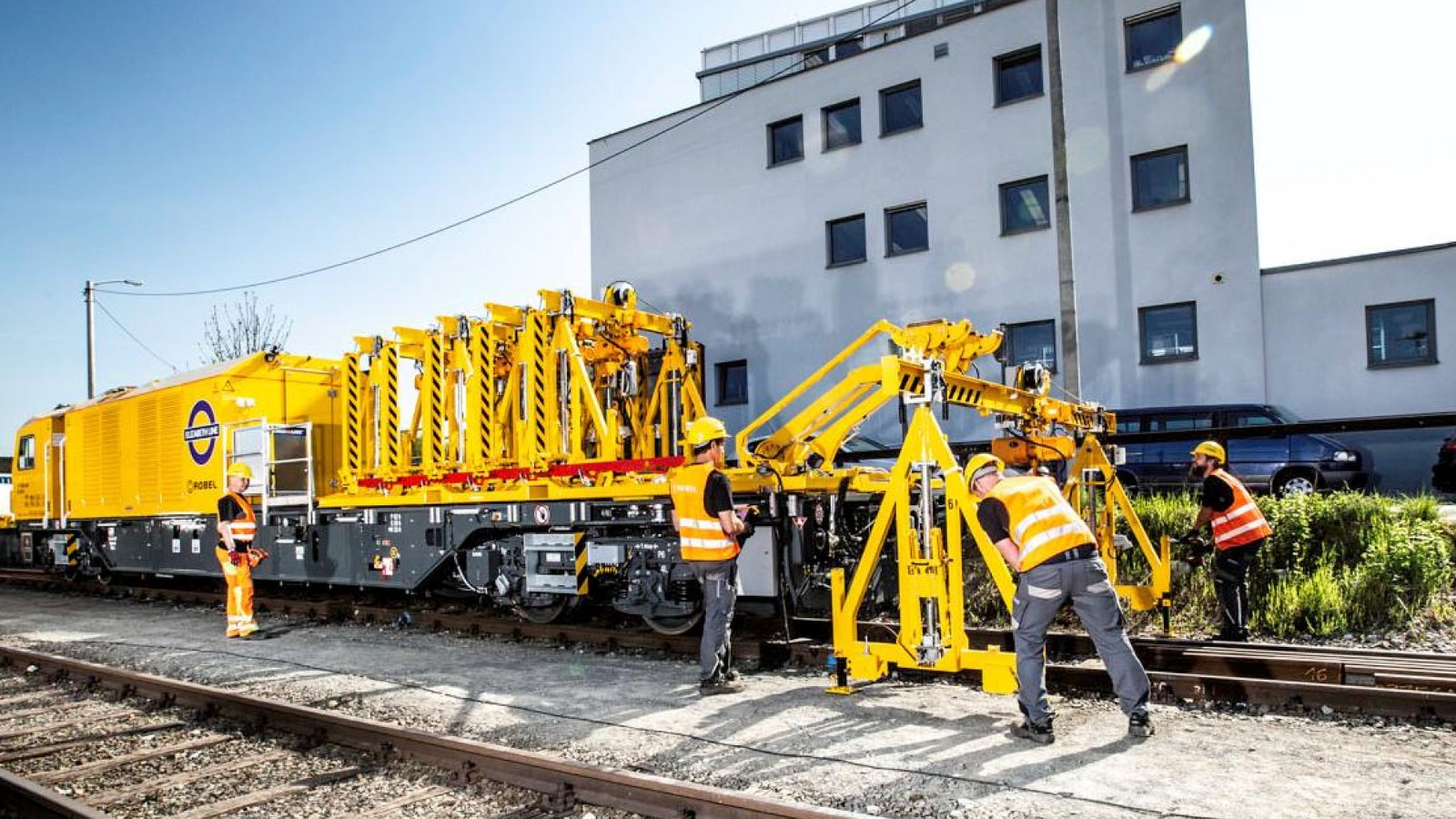
Driving large-scale construction projects to successful completion requires clear communication, structured performance management, and effective problem-solving. One of our recent projects involved supporting a major infrastructure programme delivering a new rail line for London and the South East.
This article explores the challenges faced, the solutions implemented, and the outcomes achieved through our collaboration.
The programme was facing increasing delays and escalating costs, particularly during the testing and commissioning phase of its 9 stations and 11 shafts & portals. Poor communication, siloed working methods, and slow decision-making were contributing to missed milestones and rising costs. Existing performance management systems were ineffective, with programme reviews happening too infrequently, and decisions lacked the clarity and speed required to meet critical deadlines.
Key issues included:
- Ineffective Performance Management: Existing systems lacked transparency and failed to provide clear insights into how milestones impacted cost and schedule.
- Siloed Working: Cross-functional areas were not communicating effectively, leading to misaligned priorities and inefficient workflows.
- Missed Milestones: Slow decision-making and uncoordinated teams resulted in critical delays in delivering key infrastructure components.
Solutions
To address these challenges, we worked closely with the Stations, Shafts, and Portals (SSP) Delivery Director and Project Managers to design and implement a Visual Performance Management (VPM) system, coupled with structured problem-solving tools. Our solution focused on:
- Visual Performance Management: We implemented daily site-level performance meetings and weekly programme-wide reviews, using clear and consistent metrics across all stations. This allowed for real-time tracking of milestones and fostered transparency throughout the organisation.
- Problem-Solving Culture: We introduced Lean problem-solving tools and techniques, empowering teams to address issues proactively, reduce delays, and ensure on-time delivery of key milestones.
- Cross-Functional Collaboration: By breaking down silos between departments, we encouraged open communication and collaboration, ensuring that all stakeholders were aligned on project priorities and deadlines.
- Coaching and Knowledge Transfer: We provided leadership coaching to enhance problem-solving skills and ensure that the organisation could continue to develop and refine the system independently.
Impact on Performance
The implementation of the Visual Performance Management system and problem-solving techniques had a profound impact on project delivery:
- Improved On-Time Delivery: Predictive metrics enabled teams to forecast milestone dates accurately and take action to stay on schedule.
- Enhanced Collaboration: The siloed mentality was replaced with a cross-functional approach, where teams worked together towards common goals, improving efficiency and alignment.
- Faster Decision-Making: Data-driven performance meetings allowed for quick, informed decisions, reducing delays and keeping the project on track.
- Successful Handover: The first two portals were handed over to the infrastructure maintainer and operator on time, allowing resources to be reallocated to other critical areas.
This project demonstrated the transformative power of structured performance management and collaborative problem-solving. By implementing a Visual Performance Management system, the programme was able to streamline communication, enhance decision-making, and reduce delays, ensuring that critical infrastructure milestones were met. The long-term impact of these changes is clear: the organisation is now better equipped to manage complex projects efficiently, with transparency and accountability at every level.
For more information on how similar strategies can benefit your organisation, feel free to reach out to us.



